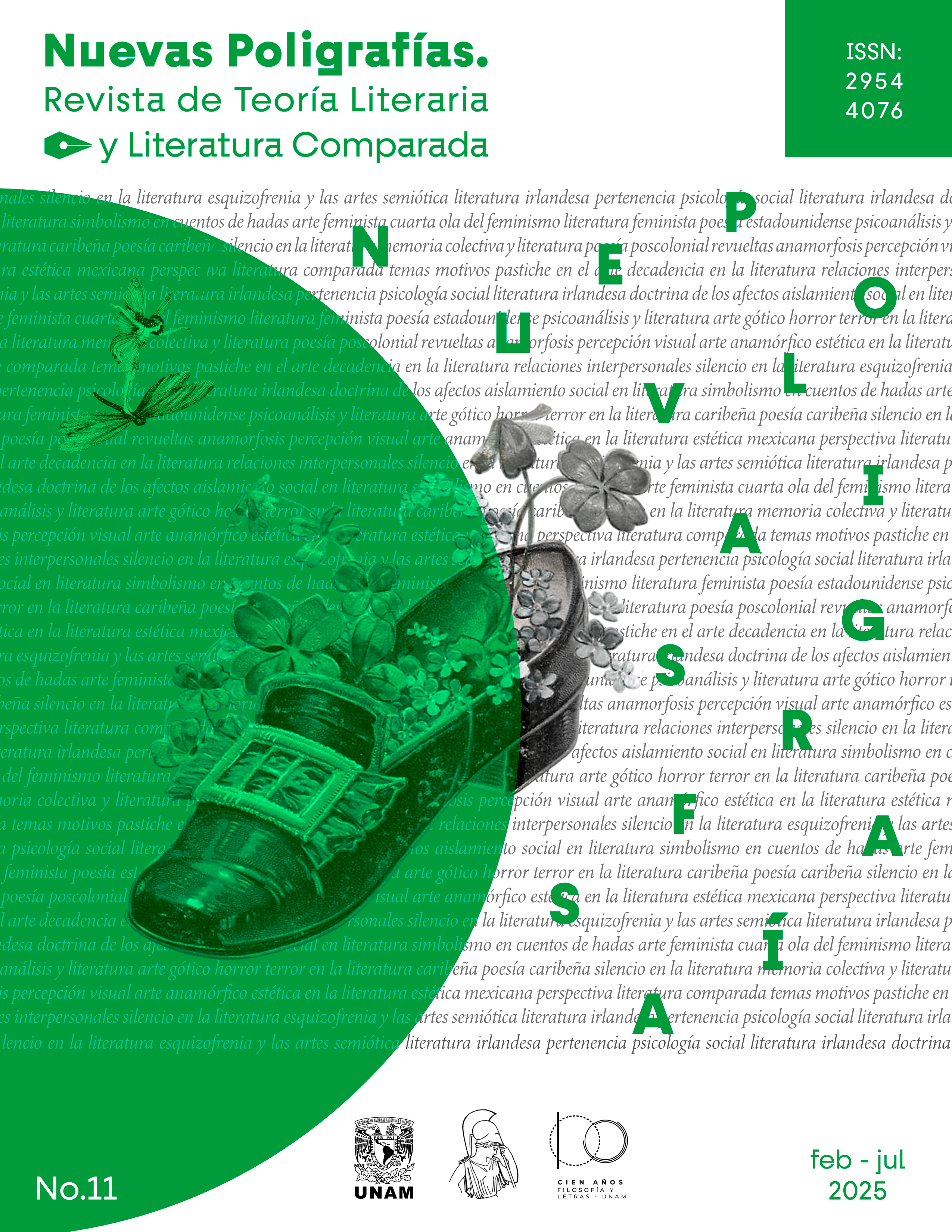Body, Trauma and Transformation in “The Woodcutter’s Bride” by Deirdre Sullivan
Main Article Content
Abstract
In the short story “The Woodcutter’s Bride”, included in her collection Tangleweed and Brine, Irish author Deirdre Sullivan rewrites the traditional tale of “Little Red Riding Hood” using narrative strategies which link the treatment of space with that of the body of the main character to emphasize the protagonist’s metamorphosis and her role in the plot, all which contributes to subvert the coming-of-age motif in the story. Sullivan’s tale uses one of the best-known endings of the canonical tale, the one rewritten by the Grimm brothers, to reinvent the plot of the protagonist and emphasize the devouring act as a traumatic experience and an incomplete transformation at once. According to fairy tale scholars such as Jack Zipes and Maria Tatar, transformation is one of the genre core aspects, and can be analyzed from a sociocultural perspective. In the analysis tradition of “Little Red Riding Hood” we can examine concepts such as trauma, desire, the main character’s agency and the importance of her disobedience into an adverse context. Sullivan’s version elaborates on those concepts and, by letting the main character tell her own story the author provokes an identification with the reader. The representation of the body and space work as narrative strategies that question earlier versions of “Little Red Riding Hood” and at the same time foster dialogues with other rewritings of the same plot written by contemporary women authors.
Article Details

This work is licensed under a Creative Commons Attribution-NonCommercial 4.0 International License.
References
DUNDES, Alan (Ed.). (1989). Little Red Riding Hood: A Casebook. The University of Wisconsin Press.
HAASE, Donald. (2000). “Feminist Fairy-Tale Scholarship: A Critical Survey and Bibliography”. Marvels & Tales, 14(1), 15-63. https://digitalcommons.wayne.edu/marvels/vol14/iss1/1/
KRISTEVA, Julia. (1988). Poderes de la perversión. Siglo XXI Editores. (Obra originalmente publicada en 1980)
LEVINE, Stephen K. (2009). Trauma, Tragedy, Therapy: The Arts and Human Suffering. Jessica Kingsley Publishers.
MAGUIRE, Liz. (2018). “Recharged Fairytales”. Books Ireland, (378), 43.
PUNDAY, Daniel. (2003). Narrative Bodies: Toward a Corporeal Narratology. Palgrave Macmillan.
PUNTE, María José. (2013). “El retorno a los bosques encantados: infancia y monstruosidad en ficciones del sur”. Aisthesis, (54), 287-301. https://www.redalyc.org/articulo.oa?id=163229341017
RODRÍGUEZ BONET, Diana. (2022): “Feminist Rewritings of Fairy Tales in Ireland: A Case Study of Deirdre Sullivan”. Études Irlandaises, (47-2), 41-55. https://doi.org/10.4000/etudesirlandaises.13253
RONNBERG, Ami. (Ed.). (2010). The Book of Symbols: Reflections on Archetypal Images. Taschen.
SULLIVAN, Deirdre. (2017). Tangleweed and Brine. Little Island Books.
TATAR, Maria. (1992). Off with their Heads: Fairy Tales and the Culture of Childhood. Princeton University Press.
VAN DER KOLK, Bessel. (2014). The Body Keeps the Score: Brain, Mind and Body in the Healing of Trauma. Penguin Random House.
WOOD ANDERSON, Sarah. (2012). Readings of Trauma, Madness and the Body. Palgrave Macmillan.
ZIPES, Jack. (1986). Don’t Bet on the Prince: Contemporary Fairy Tales in North America and England. Routledge.
ZIPES, Jack. (2007): Why Fairy Tales Stick: The Evolution and Relevance of a Genre. Routledge.

